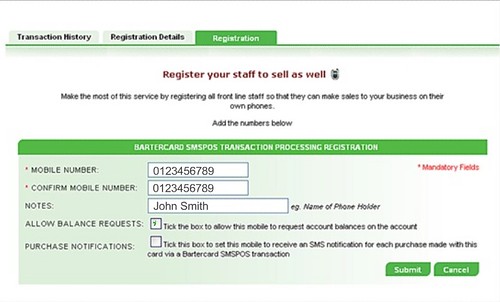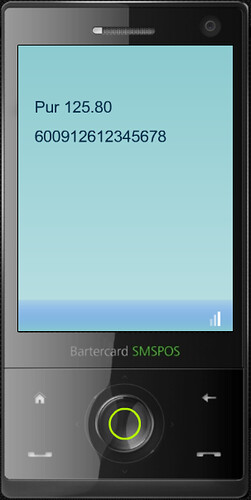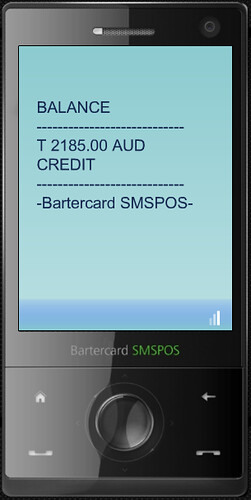I recently was very fortunate to purchase a house in San Francisco. As most home buyers, as part of the process, I had to get a loan approval and to provide a lot of paper-based information. Unsurprisingly, I submitted this information in the form of electronically scanned print outs of various online Web services (thank Science I didn’t have to mail printed statements). This pile of information was then manually verified for accuracy and authenticity, and the relevant information was manually fed to a mortgage approval system.
Here is the information I had to provide:
- Hazard insurance policy
- Complete institutional statements covering most recent months + as applicable, reasonable explanation and documentation for any large deposits within the last 60 days
- Copy of the purchase signed agreement
- To verify salary: 1) paystubs for the last 30 days 2) last 2 years W2s
- Landlord reference verifying payment history for the past 12 months
- Verification of stocks/bons as stated in application
- Evidence of residency and employment status in the US
- Verified employment with employee through verbal conversation or electronic verification of employment
- Verification of applicant’s identity (identification certification document signed by authorized bank representative and faxed)
I won’t talk about #9, which is simply ridiculous since I’ve applied for this loan at a bank I’ve been banking with since 1998 and who also handles my brokerage account. I don’t know how many times they have verified thoroughfully my identity. I won’t comment on #7, but needless to say that when I know very well that the INS has this information accessible in real-time. Regarding #3, it might already be possible to directly extract from a digitally signed pruchase agreement PDF form the relevant information. If not today, probably very soon.
What’s really interesting is #1, #2, #4 and #6.
#1 is information I received from my insurer, but I assume it is available from my insurance’s Web service in HTML/PDF format.
#2 and #6 (and partially for #4 since I receive my paychecks by wire transfer to my checking account) is information that can be retrieved today directly from my bank or brokerage’s firm Web service.
There are several building blocks needed to achieve this:
- Information can be extracted from content. This assumes that the HTML content is either semantically tagged using a (yet to define) microformat, or available in alternative format, say some industry XML standard like ACORD XML for insurance or OFX for banking/brokerage information.
- I can tell my bank to authorize the inquiring party that they can retrieve specific pieces of information. Also, I can specify to the inquiring party who they can inquire this information from. This is were an authentication delegation protocol like OAuth can be useful.
#4 (Landlord reference verifying payment history for the past 12 months) is interesting. My current landlord and I banking at the SAME bank, I would have enjoyed the possibility of being able to tag some of my transactions with “rent” and share it with him so that he could validate them.






